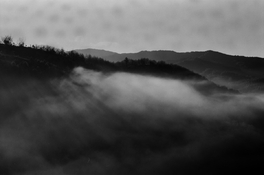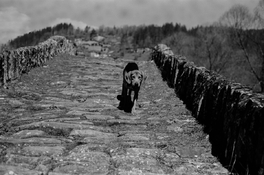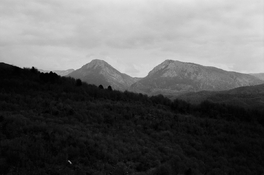thicktheo
Member
So, I got some Adox Scala 50 with the intention of developing it as reversal. Then I read that this is actually a HR-50 film, so I could develop it as negative.
I shot it at 50 ASA through a Contax G2. Τhen I rushed it through development: used a rotary machine, with HC-110 (B) for 4:30 mins.
The results are great, contrasty and everything, they scan great and they give the feeling my client wanted. But... I have huge blotches in all the frames with skies.
These frames are from the first film I shot:


This frame is from the second film, which didn't have a lot of skies (I underexposed it during scanning so as to show the "blotch" effect better):

...and the third film seems to have fared better, example frame:

All the films were kept in the fridge for a couple of months, then shot in a space of three days, in the same conditions. They were all developed in the same batch.
Question is, where is the problem?
--- the developer?
--- the rotary machine?
--- bad batch of films?
Any thoughts?
I shot it at 50 ASA through a Contax G2. Τhen I rushed it through development: used a rotary machine, with HC-110 (B) for 4:30 mins.
The results are great, contrasty and everything, they scan great and they give the feeling my client wanted. But... I have huge blotches in all the frames with skies.
These frames are from the first film I shot:


This frame is from the second film, which didn't have a lot of skies (I underexposed it during scanning so as to show the "blotch" effect better):

...and the third film seems to have fared better, example frame:

All the films were kept in the fridge for a couple of months, then shot in a space of three days, in the same conditions. They were all developed in the same batch.
Question is, where is the problem?
--- the developer?
--- the rotary machine?
--- bad batch of films?
Any thoughts?











